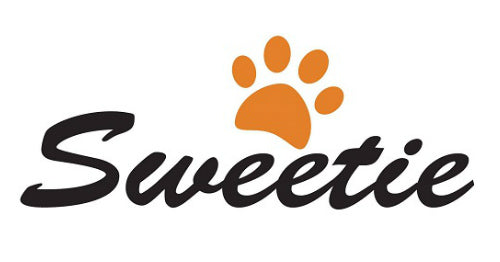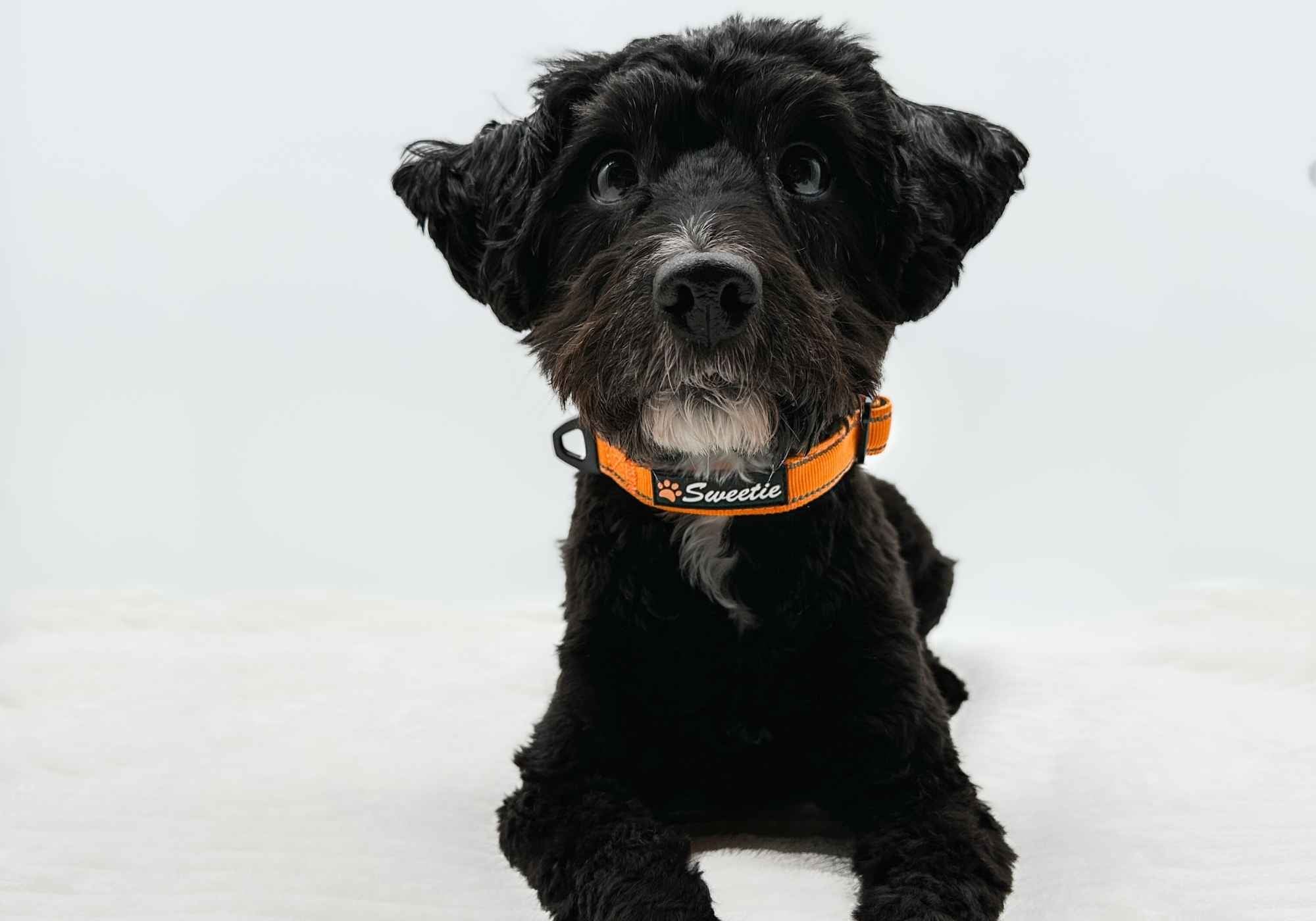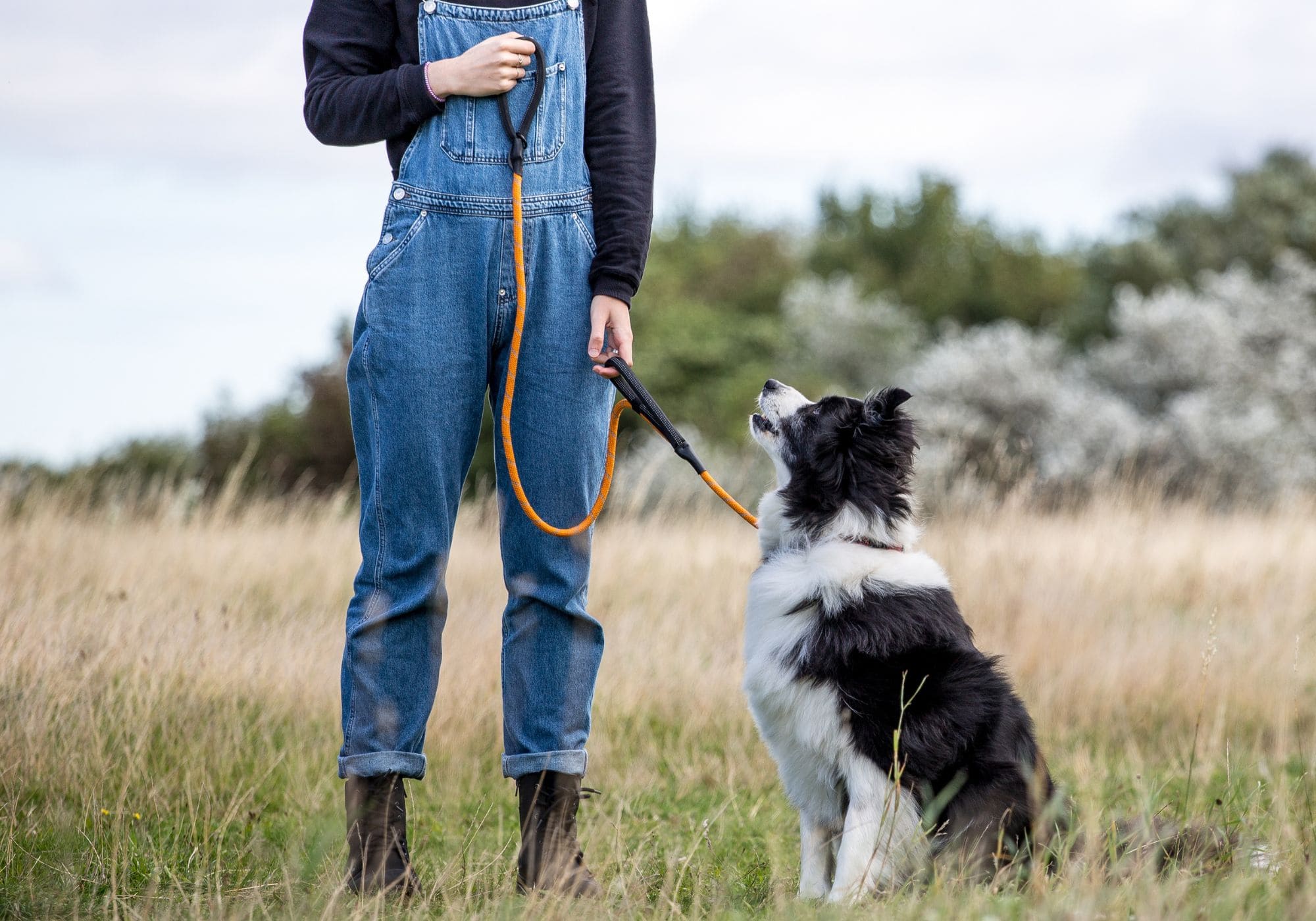What Are the Benefits of Using Interactive Toys and Puzzles for Dogs?
Why do you think dog behaviourists often recommend interactive toys and puzzles? These professionals know the importance of these activities in maintaining a dog's mental and physical well-being. Therefore, one question that may be disturbing you as a canine parent is, "What are the benefits of using interactive toys and puzzles for dogs?"
The benefits of using interactive toys and puzzles for dogs include mental stimulation, stress and anxiety reduction, killing boredom, and as a form of exercise. Therefore, you can leverage these activities to keep your pup entertained. It's an excellent way to help the dog cope with issues like separation anxiety.
In the rest of this article, I'll dive into the benefits of using interactive toys and puzzles for your dog. The discussion will help you understand how these activities can be critical to your pup's well-being. Keep reading!
7 Health Benefits of Using Interactive Toys and Puzzles for Dogs
As a pet owner, you can attest that having a furry friend in a home is an absolute joy. As such, you always want to ensure the dog has everything it needs to lead a happy life.
However, going for walks and buying your pooch special treats is not enough—they need interactive toys and puzzles to feel complete.
That said, here are the health benefits of interactive toys and puzzles for your dog:
1. Promoting Mental Stimulation

Mental stimulation is essential for your pup's well-being. It makes dogs happier by starving depression while building confidence.
Insufficient mental stimulation for your canine friend will lead to negative habits like digging up gardens, barking, and jumping.
Interactive toys and puzzles provide an excellent way to engage your dog's mind. They achieve that in the following ways:
- Sensory stimulation: Interactive toys and puzzles have different sounds, textures, and smells that engage a dog's senses, creating mental and physical stimulation.
- Problem-solving skills: These activities require dogs to apply their cognitive skills to retrieve the reward or treat in the toys.
- Physical activity: Some puzzles and interactive toys require dogs to manipulate them with their noses and paws. Consequently, they provide physical exercise and mental stimulation for dogs.
- Independent play: Interactive toys and puzzles creates a sense of independence for dogs by keeping them engaged and entertained when left alone.
2. Stress and Anxiety Reduction
Acute stress and anxiety can cause your pup many physical and mental health issues.
According to the Merck Veterinary Manual, stress and anxiety in dogs are mainly caused by fear, separation, and ageing.
If unmanaged, acute stress and anxiety may cause anorexia, colitis, and diarrhoea.
Luckily, interactive toys and puzzles can help reduce stress and anxiety in dogs. How? By providing physical and mental stimulation, these activities keep your pup entertained to the point of forgetting their fears and anxieties.
Think about it this way; your dog is determined to uncover a delicious treat hidden in a puzzle toy. The chance of this dog thinking about something scary and stressful is minimal.
Expert Tip: If you leave your dog unsupervised, ensure the puzzle or toy doesn't have small pieces that can break off and get swallowed.
3. Killing Boredom
Cognitive toys come in handy if you want to alleviate boredom in your furry friend. This is especially essential if you're away or occupied with other home chores and lack time to socialise with the pup.
The aroma of a delicious snack from the food-dispensing puzzle toy will keep your pup engaged for long.
The longer your dog remains engaged, the less likely it's to get bored.
Remember, a bored dog is an unhappy one. As RSPCA confirms, such a dog is likelier to engage in destructive behaviours like chewing furniture and barking excessively than a mentally-stimulated pup.
4. A Form of Exercise

Physical exercise is essential for a healthy and fit canine friend. Exercising your dog regularly helps lower blood pressure and builds strong bones and muscles.
Veterinarians recommend at least 30 minutes to 2 hours of exercise daily for a healthy dog.
However, meeting this requirement may be challenging, especially in today's busy world.
Interactive toys and puzzles provide an excellent way out of such a situation. Depending on your pup’s size, you can select suitable puzzle or activity toys to help reduce boredom while simultaneously exercising its body and mind.
For instance, hide-and-seek activities offer an excellent way to exercise your pup's body and mind. These activities involve running around to find their toys in different places, thus exercising the dog.
Alternatively, choose a toy that requires the dog to manoeuvre it with paws or nose to access food rewards at the bottom of a puzzle.
Such activities promote physical activity that helps burn excess calories in dogs as they attempt to uncover treats hidden inside the puzzle.
5. Enhancing Bonding with the Owner
Playing interactive toys and puzzles with your canine friend is an excellent way to build a strong bond. This is especially true if you have a hyperactive pup that often engages in negative behaviours like jumping or digging.
You can bond with your dog through interactive toys and puzzles in the following ways:
- Get involved in the game: Participate in your pup's puzzle and interactive toy activities. This will create competition between the two of you, building trust and confidence in your relationship.
- Reward system: Reward good behaviours like quick learning with treats and praise. This will motivate and encourage the dog to attempt harder puzzle challenges for more rewards from you. It's also an excellent way to foster positive behaviour.
Since these activities create an opportunity for physical contact between you and the dog, you'll get to know your pet better and understand its unique behaviour.
6. Brain Development

Dog training is essential in helping a puppy become a beloved family member.
It's through training that your furry friend acquires basic behaviours like not jumping on visitors, effective communication, and toilet skills.
As with humans, lifelong learning and training in dogs depend on good brain function—this is where brain development comes in.
Interactive toys and puzzles are ideal for brain development in dogs. These puzzles require dogs to use their brain to uncover treats or rewards inside the toy.
The more your pup's brain is exercised, the better it becomes at forming new neural connections. Consequently, this helps with training and learning.
Specifically, interactive toys and puzzles develops a dog's brain in the following ways:
- Improving memory: Puzzles and interactive toys require dogs to remember the treat's location for retrieval. This helps build a good memory since they must recall the exact reward location.
- Enhancing cognitive skills: Puzzles and interactive toys help improve problem-solving skills by challenging a dog's cognitive abilities. Dogs must think of various ways to access the reward hidden in the toy. These skills get better and better as the dog engages in these activities.
7. Keeping the Dog Safe
As a canine parent, you'll agree that dogs are curious creatures.
The world is a fascinating place for our furry friends to discover, and they'll often attempt to explore any new feature.
Unfortunately, exploring isn't always safe for your dog. There are numerous dangers that may harm the dog, for instance, poisonous plants and household items.
Interactive toys and puzzles will keep your pup engaged and away from these threats while enabling them to explore their environment safely.
Finding the Right Interactive Toys and Puzzles for Your Dog
Now that you know the benefits of using interactive toys and puzzles for dogs, the next challenge is finding the right ones for your pup.
When selecting puzzle or activity toys, consider your dog's age, size, and health condition. This will ensure you get a safe and beneficial toy for your canine friend.
For instance, if your pup is older, opt for easy and simple puzzles to avoid over-exerting its brain.
On the contrary, if your dog is young, choose a more challenging toy to stimulate its mental and physical development.
Moreover, consider your dog's unique preferences for toys. While some dogs enjoy food-dispensing interactive toys, others prefer chasing chew toys. Therefore, experiment with different puzzles and activity toys to find the best fit for your furry companion.
Final Thoughts
Interactive toys and puzzles provide an excellent way to enhance your pup's physical and mental well-being. These activities provide much-needed physical exercise, brain development, and boredom reduction.
However, remember to choose suitable toys and puzzles for your pup.
The parting shot—inspect the puzzles and toys for safety features like non-toxic materials before purchasing. You don't want to endanger your pup's health in the name of exercising its body and mind.







Leave a comment